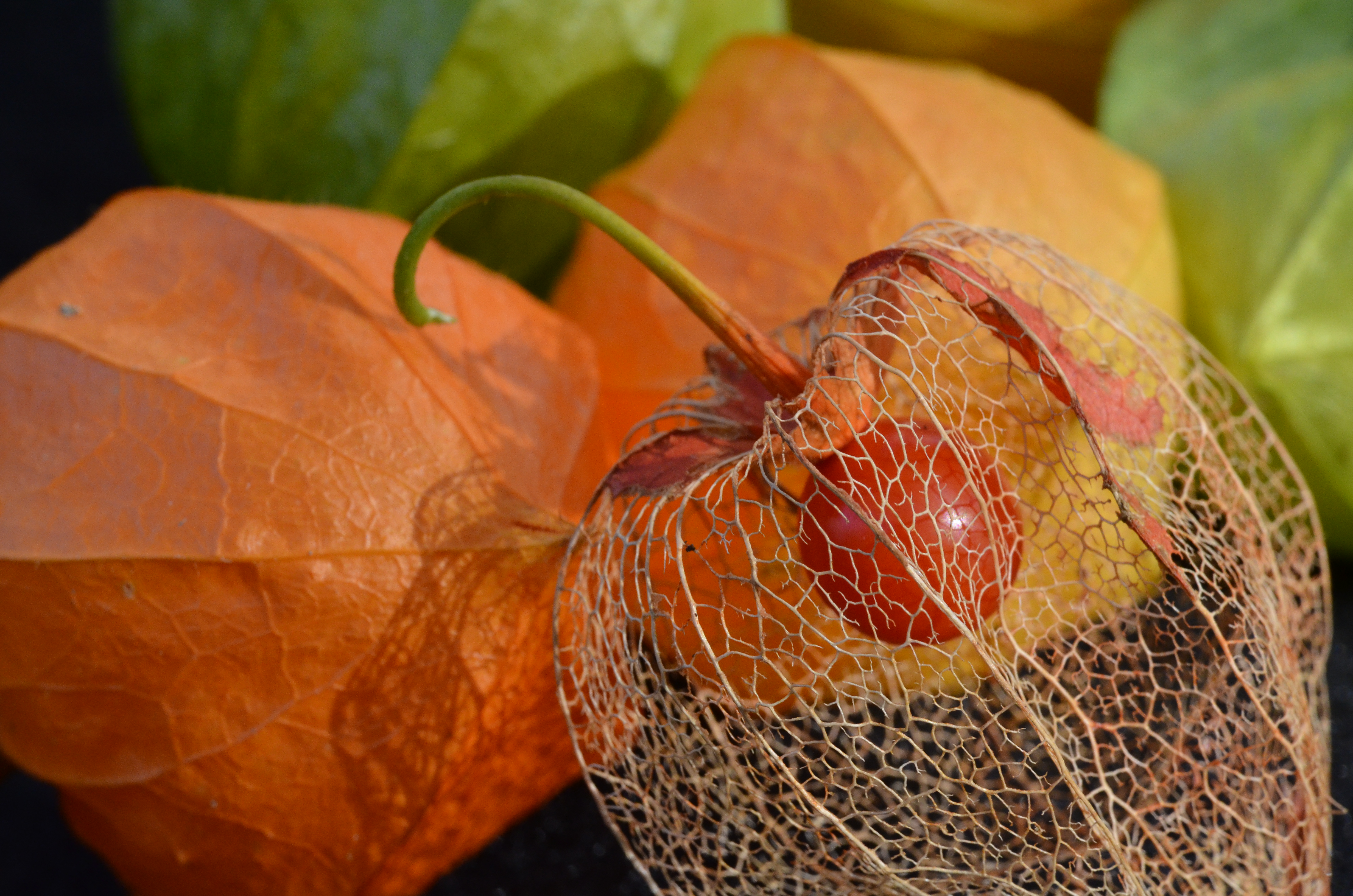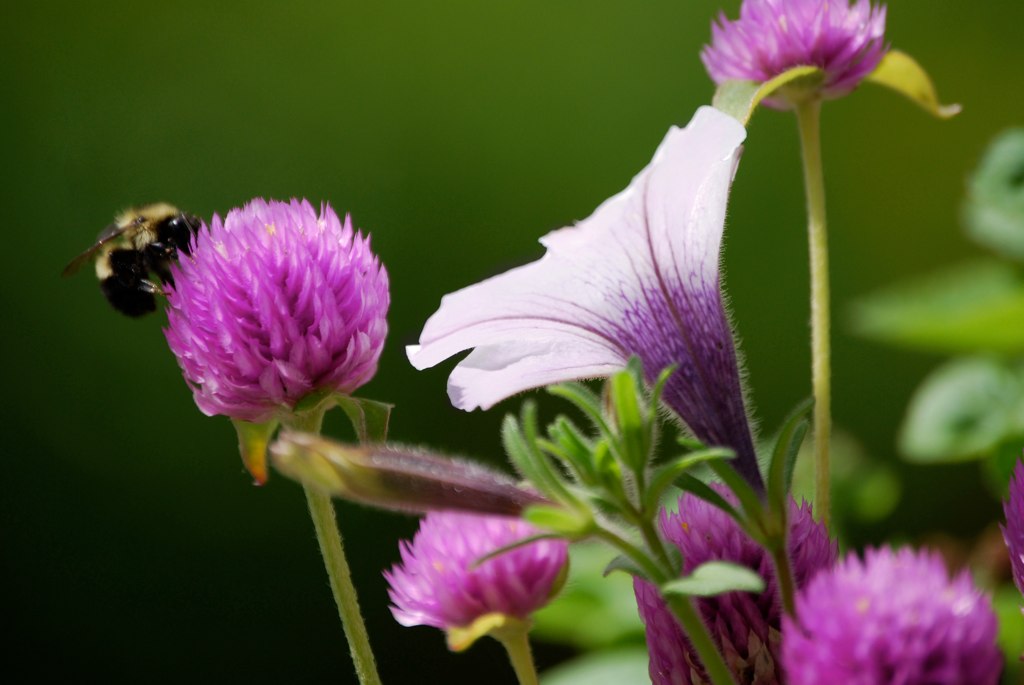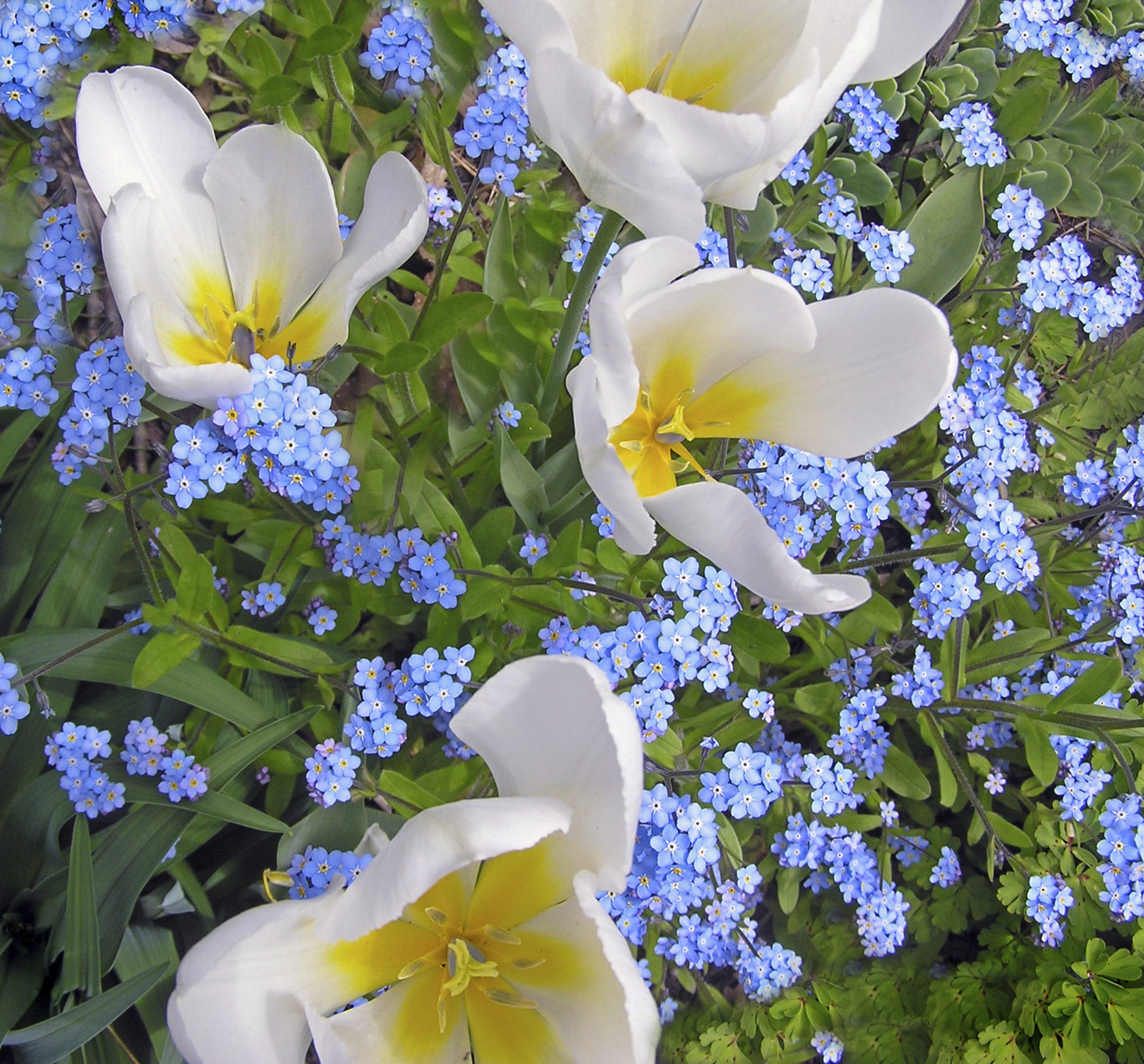
Patrick and Mary Anne hold an image of their future relationship together that is a mixture of both fantasy and reality. The reality of contemporary couples is that there are periods of both stability and instability. Patrick and Mary Anne seem to realize this, though they might not yet be aware as to the areas in which they are likely to experience the greatest instability. Our bet is that it will be in the areas of finances and decisions regarding the best time to have their first baby. In our interviews we found that virtually all long-term relationships involved frequent, profound changes.
Alice and Tom, for instance, said that there “have been many major changes” in their relationship since they first met. Some of the changes that they enumerated include: having children, becoming homeowners, adjusting to new living environments and cultures, raising children, and unanticipated pressures from parents and other relatives. These are rather standard changes that most couples confront over a lifetime. In addition, Alice and Tom — like many couples — confronted several “intrusive life events” that profoundly impacted on their life. On several occasions, each of them lost their job or had to work at night to support their family. On one occasion, they also faced the very difficult decision to have an abortion. These events precipitated crises in their individual and collective lives. The couple’s character was forged on this anvil of challenge and change.
One of the most poignant statements regarding this interplay between love, relationship and change was made by Peter Kaukonen, one of the people who conducted our interviews. Peter proposes that:
The issue of love is deceptively simple and realistically complex. If we-choose to love in others what we would well love in ourselves, then the nature of love — pre¬suming that the individual, his notion of self, his self-image, his needs and his awareness of those needs are in a state of flux — must be in a state of flux as well. Love and the way it intertwines with a relationship is always in a state of flux and change. As a relationship develops, individual awareness and perceptions shift and change and, presumably, one’s self-knowledge alters as well. One’s needs for change: one’s needs for — and ability to request — admira¬tion, acceptance, approval, encouragement are all part of love, loving, and being loved.







